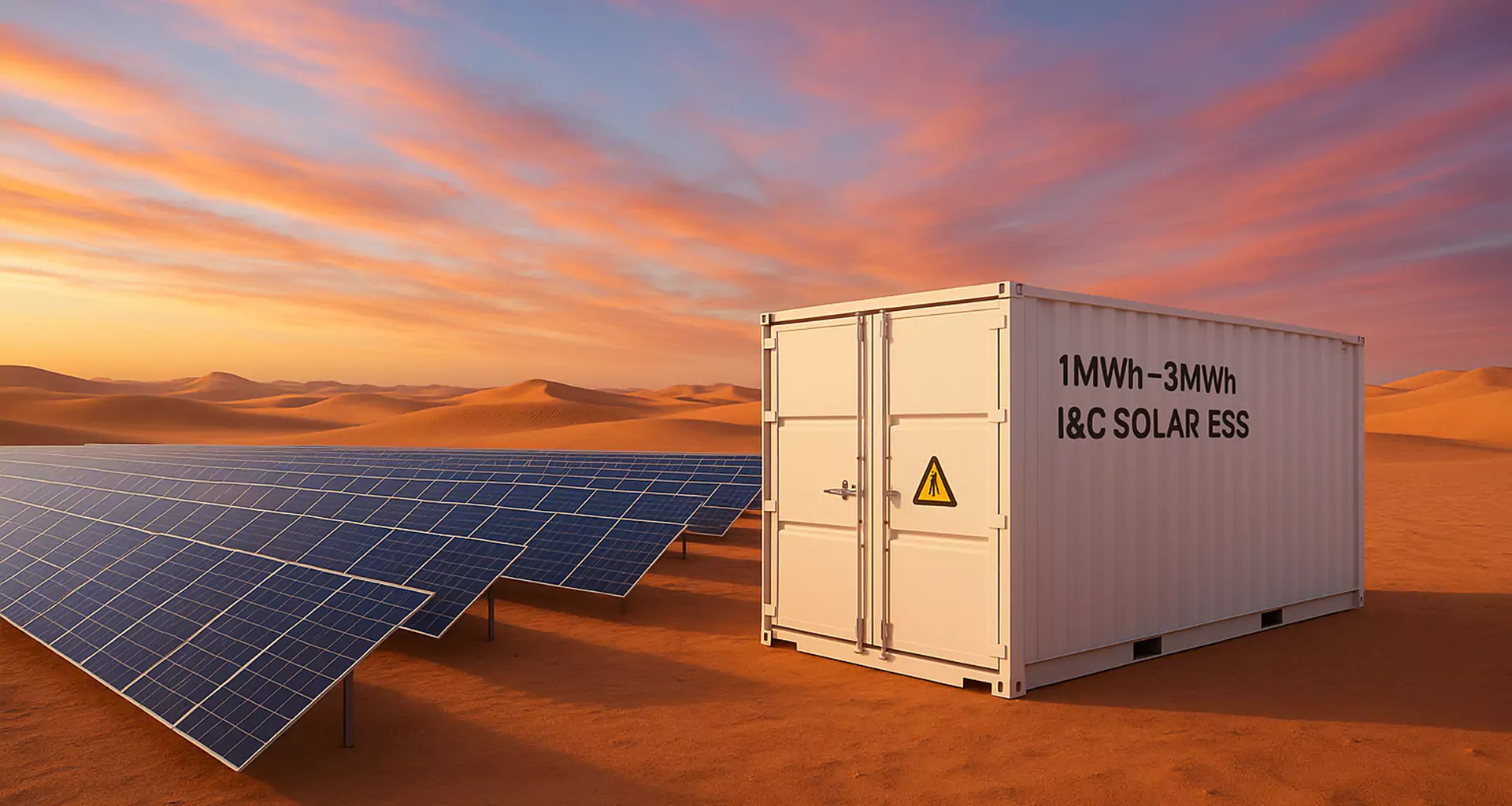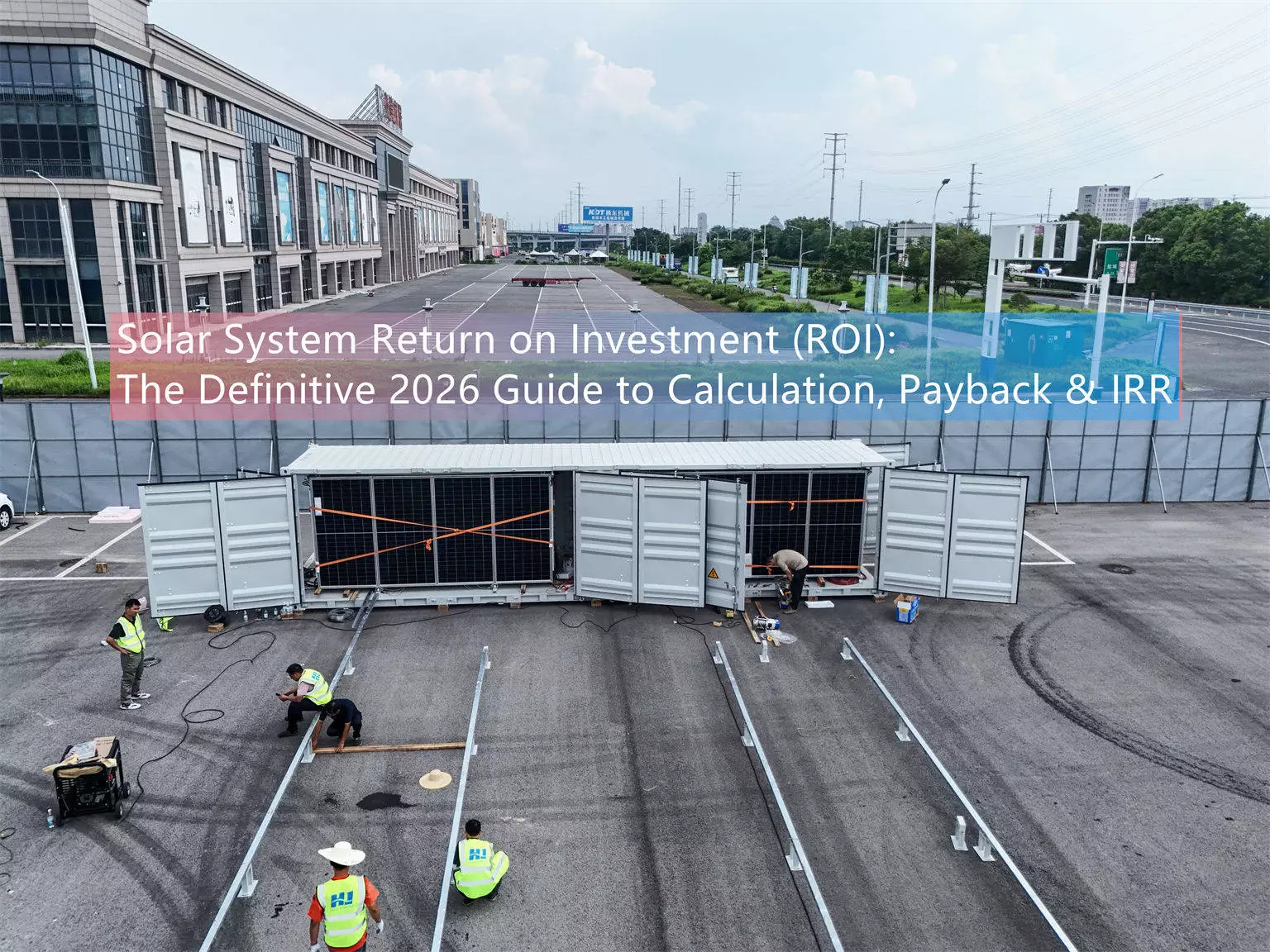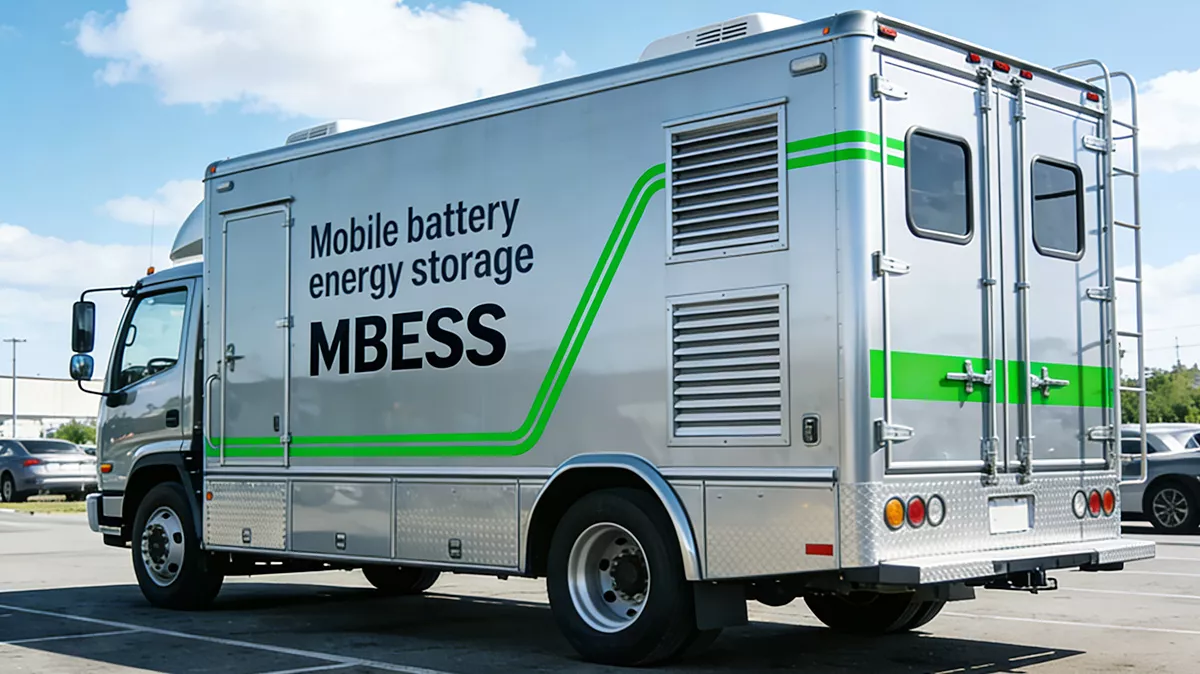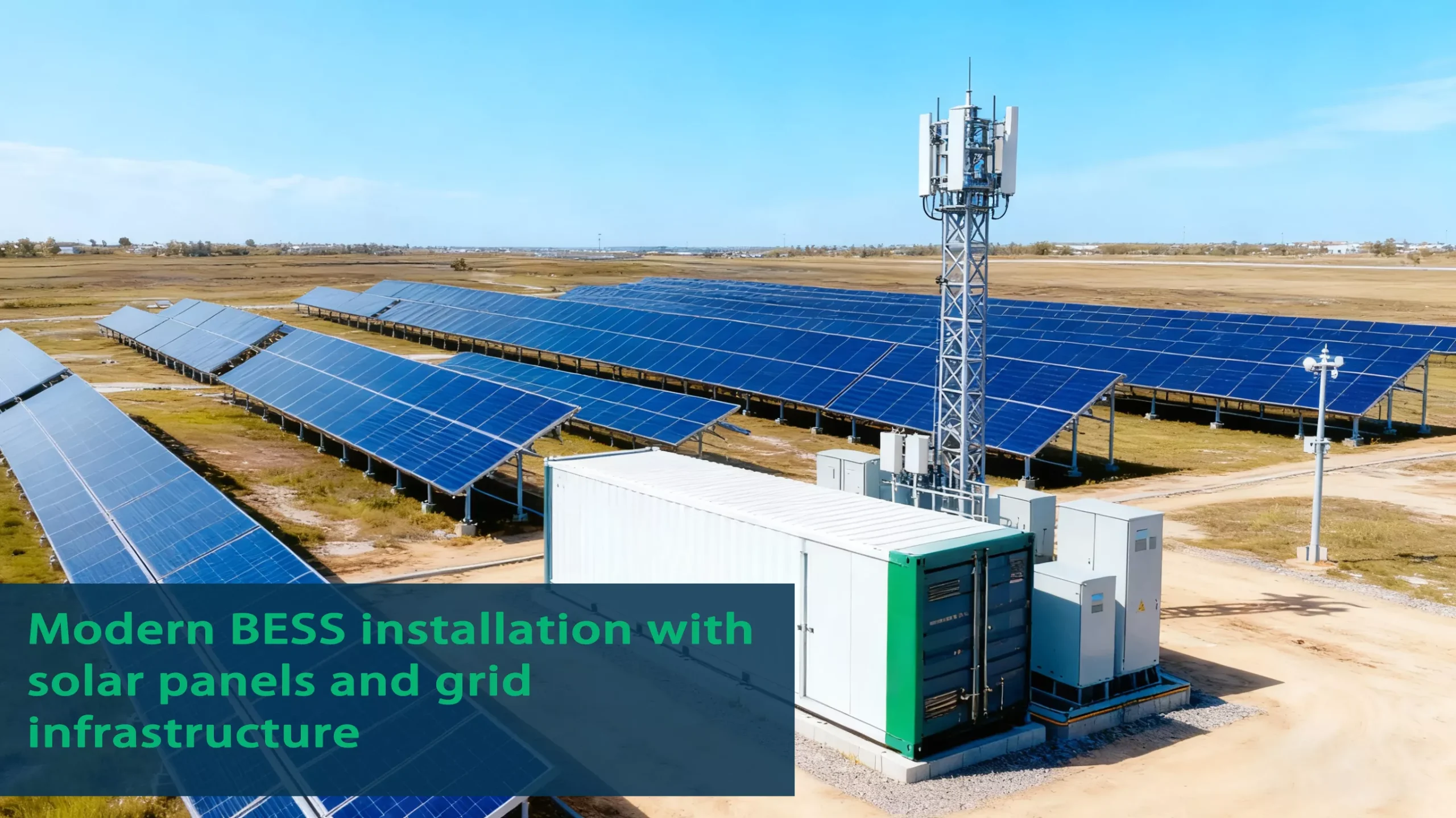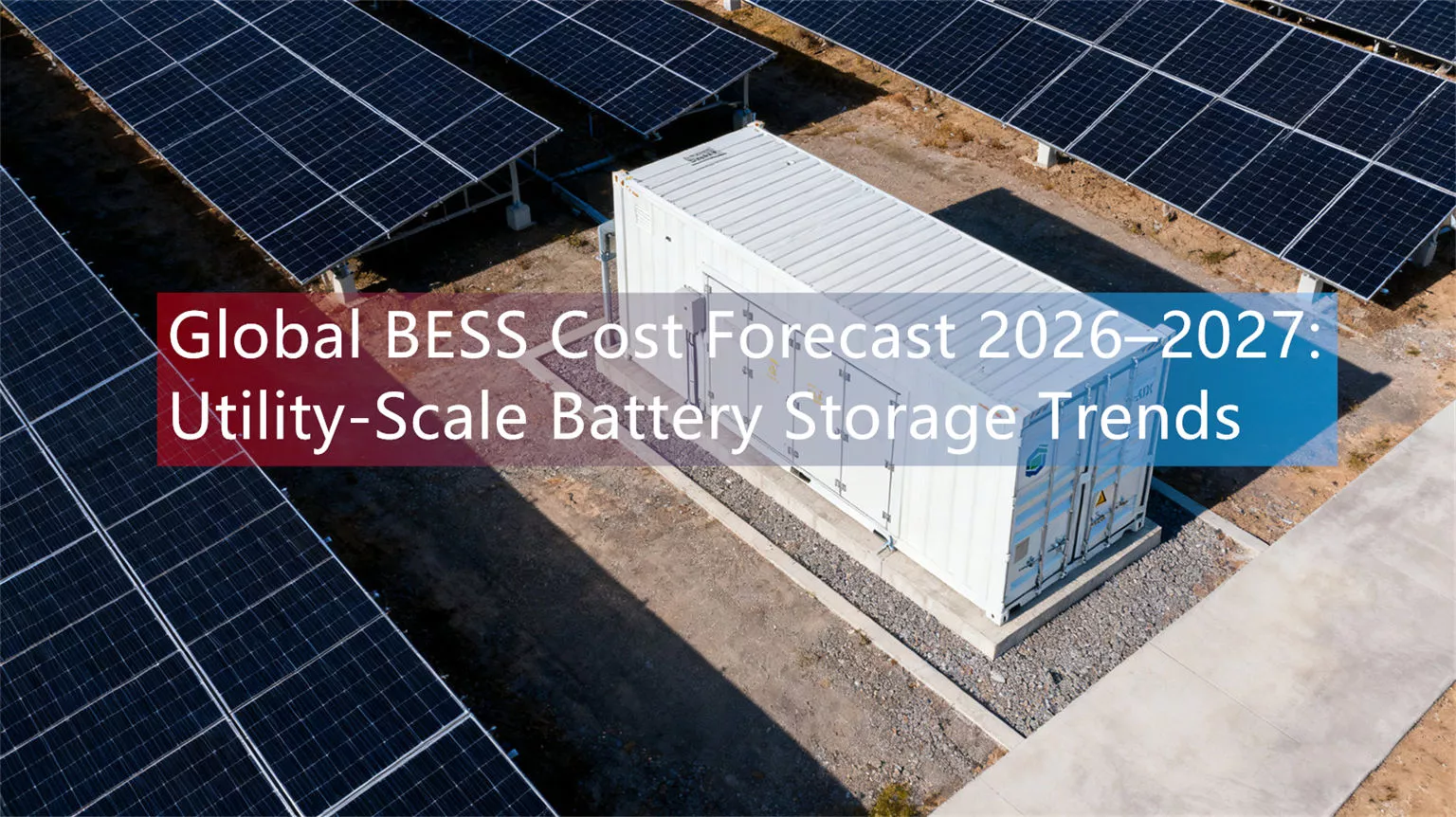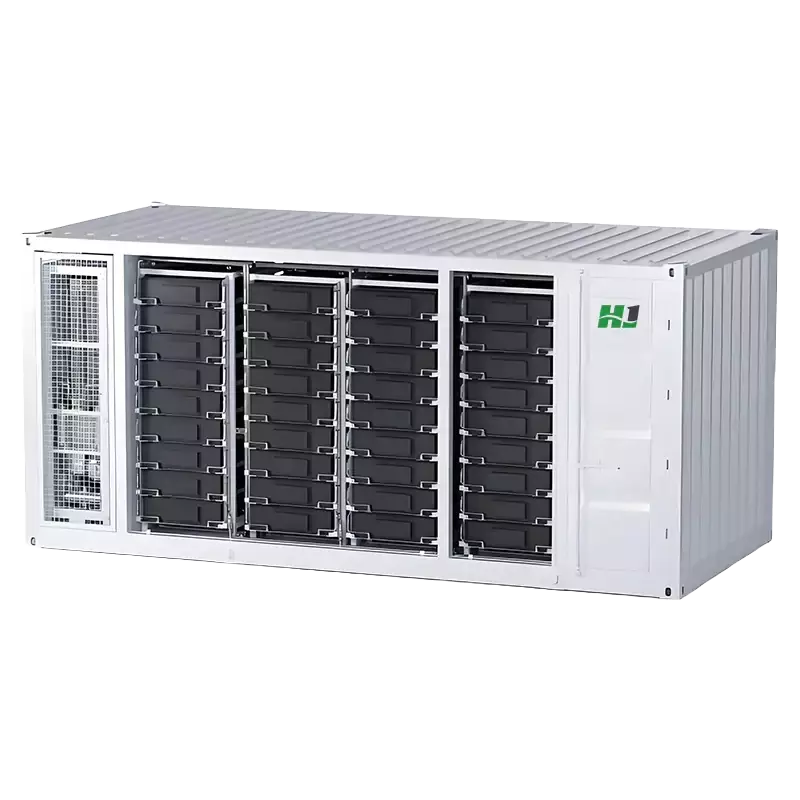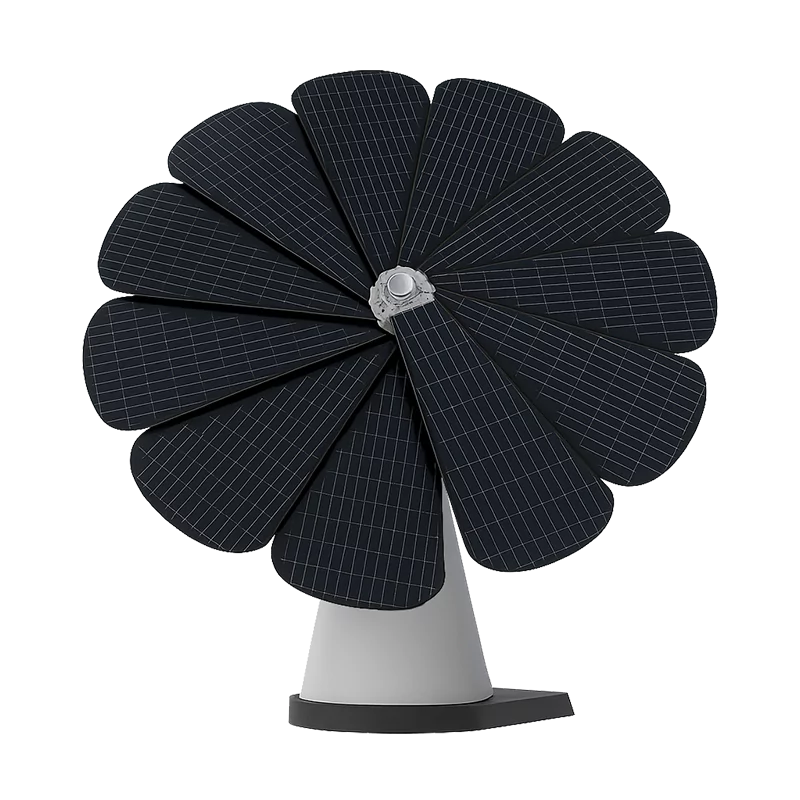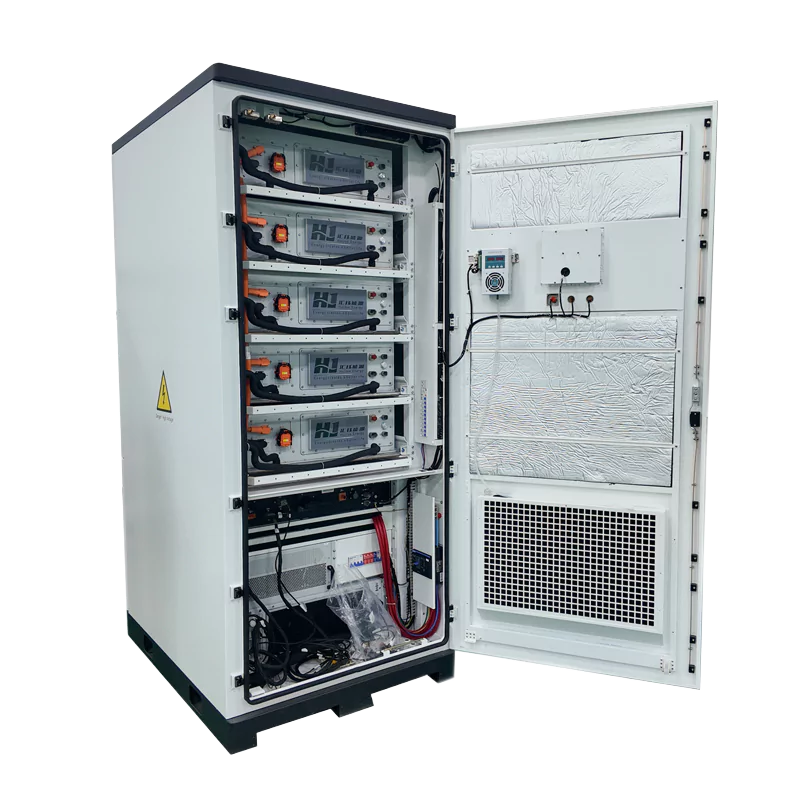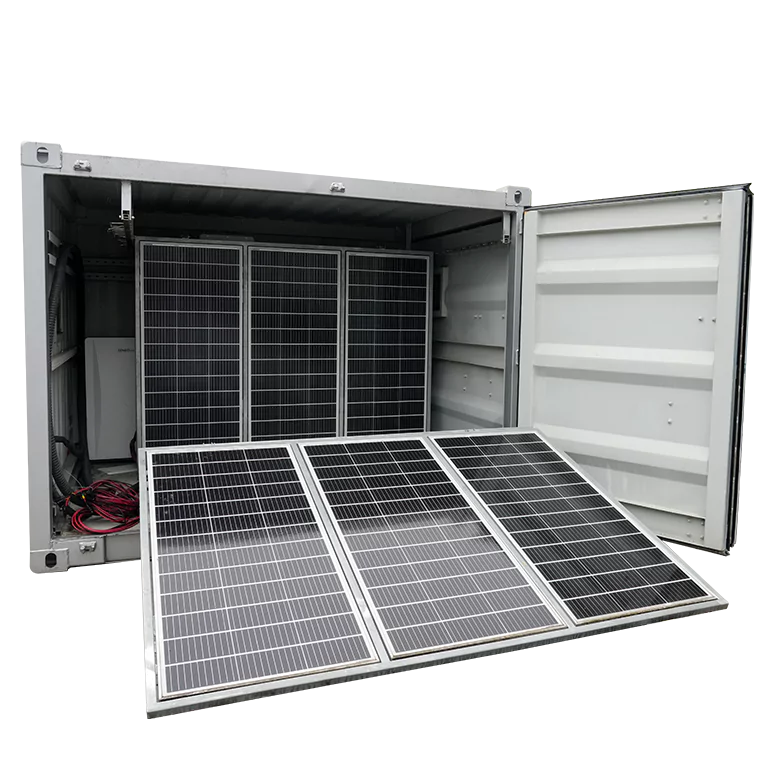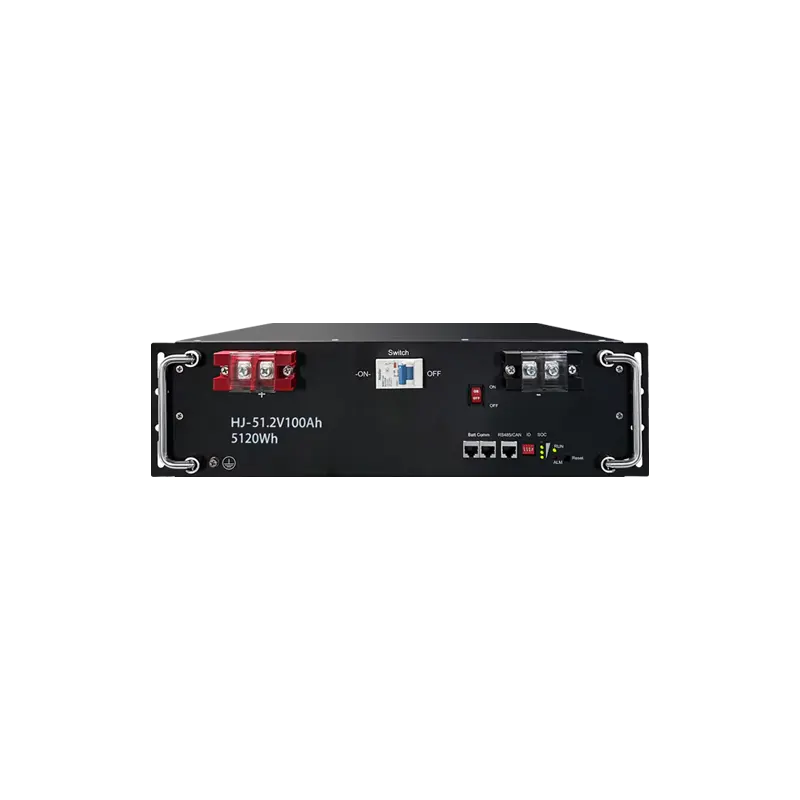Solar Energy Storage Container Prices in 2025: Costs, Applications and Market Trends
Introduction: Why Solar Storage Containers Become the Preferred Solution in 2025
With the accelerating global shift towards renewable energy, solar energy storage containers have become a core solution in addressing both grid-connected and off-grid power demand as a flexible and scalable option. As compared to traditional fixed solar-plus-storage systems, containerized solutions house solar inverters, batteries, and management systems in a weather-sealed enclosure that is expected to reduce installation time by up to 60% (according to the International Renewable Energy Agency 2025 report). Amidst the massive deployment of solar energy storage containers, buyers are left with a simple, yet important question: How much does a solar energy storage container cost? What are the forces that drive its price, and how do you cut costs without sacrificing performance?
The article below will go in-depth into the cost of solar energy storage containers, its key drivers of cost, technological advancements, and real-world applications in various industries such as mining and agriculture. In the meantime, we will discuss the evolution of the market and why PV energy storage containers are a future corporate energy solutions investment opportunity.
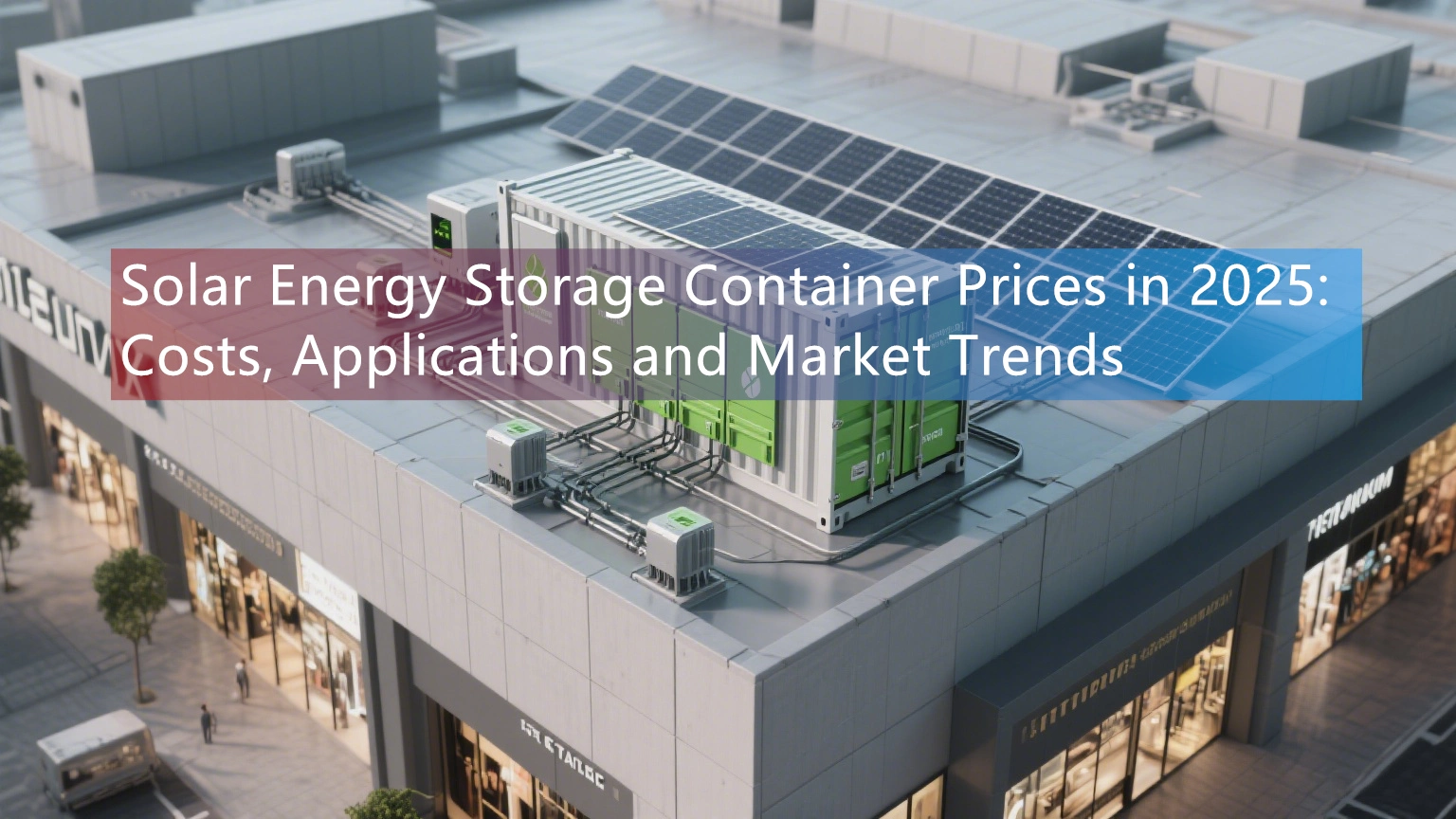
Solar Energy Storage Container Price Analysis: 2025 Market Forecast
The prices of solar energy storage containers vary based on factors such as capacity, battery type, and other specifications. According to data made available by Wood Mackenzie’s Q1 2025 Energy Storage Report, the following is the range of price for PV energy storage containers in the market:
| Capacity (kWh) | Container Size | LFP Battery | NMC Battery | Price Range (USD) | Key Price Drivers |
|---|---|---|---|---|---|
| 200–500 kWh | 20ft | $85,000–$140,000 | $105,000–$170,000 | $85,000–$140,000 | Battery chemistry, inverter efficiency |
| 800–1,500 kWh | 40ft | $180,000–$290,000 | $220,000–$350,000 | $180,000–$290,000 | Capacity, intelligent management system |
| 2,000+ kWh | Custom-built (40-foot height container) | $320,000–$550,000 | $380,000–$650,000 | $320,000–$550,000 | Thermal management, grid integration features |
Price Drivers:
- Battery Type: LFP (Lithium Iron Phosphate) batteries are expected to cost 30% less than NMC (Nickel Manganese Cobalt) batteries by 2025, making them ideal for medium-sized systems due to their longer lifespan (6,000+ cycles vs. 4,000 for NMC).
- Container Size: 40-foot containers are 20-25% cheaper per kilowatt-hour (kWh) compared to 20-foot containers, mainly due to economies of scale.
- Other Features: Smart monitoring (e.g., AI-based load balancing) adds 5-8% to the initial cost, but can reduce the cost of operation in the long run by 12-15%.
Technical Advantages: How Solar Energy Storage Containers Provide Higher Value
Aside from expense, the advantages of solar storage containers in different fields of technology make them a worthwhile investment:
- Quick Deployment: Prefabricated solar energy storage containers can be deployed in just 3-5 days, compared to 4-6 weeks for traditional solar-plus-storage systems. As an example, in a 1MW Texas project, the 40-foot container-based system was 70% ahead of the traditional fixed system (derived from a 2025 SEIA case study).
- Longevity: The 2025 standard solar energy storage box is equipped with an IP65-graded protection casing with harsh temperature support from -20°C to 55°C, which can be applied in harsh environments or rural areas.
- Modularity and Scalability: The modularity of the solar energy storage container makes it possible to be expanded without difficulties. Expansion from 200 kWh to 100+ MWh is not a problem. For example, E.ON’s Bavaria 2024 project expanded the 5MW system to 15MW by adding 12 containers without stopping current activities (from E.ON 2024 project report).
Actual Application Case: Advantages of Photovoltaic Energy Storage Containers
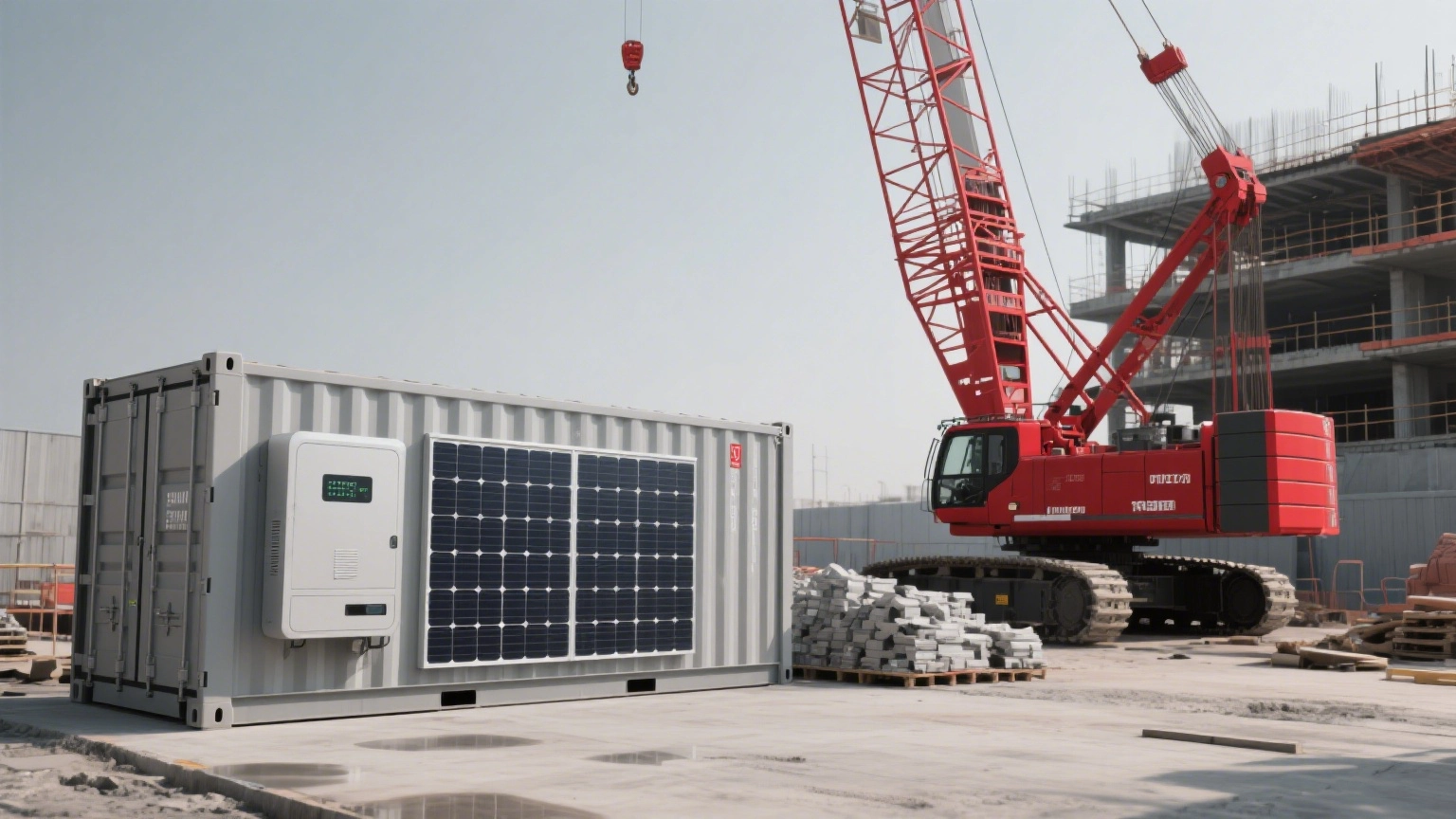
Photovoltaic storage containers are not only economical, but even widely accepted in various industries. The following two instances are established real cases:
1. Mining: Gold Fields (Ghana, 2024)
Requirement: Provide off-grid electricity to remote gold mines and reduce dependency on diesel generators.
Solution: Use 8 40-foot containers (total capacity 8MWh) with 10,000 solar panels.
Result: Reduce $1.2 million annual diesel fuel expenses, with a 3-year payback.
Reason for Success: Containers can withstand high temperatures and dusty environments above 40°C, and maintenance requirements are reduced by 50% compared to diesel generators.
2. Agriculture: California Almond Growers (2024)
Need: Provide backup power for irrigation systems during frequent grid outages.
Solution: 1 20-foot container (total capacity 1.2MWh) using LFP batteries.
Result: Avoided $300,000 in crop losses and provided 80% renewable energy coverage.
Reason for Success: Solar energy storage containers provided steady backup power during California drought blackouts.
Total Cost of Ownership: It’s Not Just the Upfront Price
Comparing prices of solar energy storage containers involves thinking about total cost of ownership (TCO), with factors such as maintenance, service and support:
- Warranty: Most solar energy storage containers offer a 10-year battery guarantee, while traditional systems come with a 5-year guarantee. The longer guarantee acts to protect against the risk of long-term failure.
- 24/7 Technical Support: Top-rated manufacturers (like HighJoule) provide 24/7 Technical Support to ensure that any critical issues are resolved within 4 hours, which is critical in reducing downtime. (From J.D. Power 2025 Energy Storage Satisfaction Report)
- Localized Service and Availability of Parts: HighJoule has service coverage across 12 countries, ensuring that engineers and spare parts are able to reach the site within 24 hours in strategically located areas such as North America, Europe, and Southeast Asia.
Future Outlook: Photovoltaic Energy Storage Container Price Trends Post-2027

The International Energy Agency’s (IEA) Energy Storage Outlook 2025 anticipates photovoltaic energy storage container prices falling by 18-22% by 2027 mainly due to technology advancements in batteries and large-scale production:
- Improvement in Battery Technology: The new generation LFP battery boasts an energy density that is 30% greater, reducing the cost per kilowatt-hour yet further.
- Policy Incentives: Government incentives, such as the US Inflation Relief Act (IRA), will continue to propel photovoltaic energy storage projects, at a 30% tax credit.
- Demand Growth: Solar projects will add containerized energy storage into 40% of new projects in 2027 (22% in 2023).
Conclusion: Why Solar Containerized Energy Storage is a Smart Investment in 2025
Solar Containerized Energy Storage offers unparalleled value in 2025 with minimal upfront cost and long-term savings. Key advantages are:
- Cost Savings: Solar Containerized Energy Storage offers 20-30% savings in Levelized Cost of Energy (LCOE) compared to the conventional diesel generator sets with a payback time of less than 4 years for most applications.
- Flexibility: Scalable, adaptable to any site, and robust against extreme environments.
- Speed: From delivery to on-site installation in days, rather than weeks.
If you’re considering investing in solar storage, containerized energy storage is the ideal solution, offering an excellent balance of cost-effectiveness and performance. View HighJoule’s new offerings, including 1-7MWh capacity, liquid cooling technology, and 10-year warranty. See live pricing and technical specs.
Find Your Solar + Battery Storage Specialist Now!
* Fill out this form and our experts will help you find the perfect solar storage solution for your home or business.


